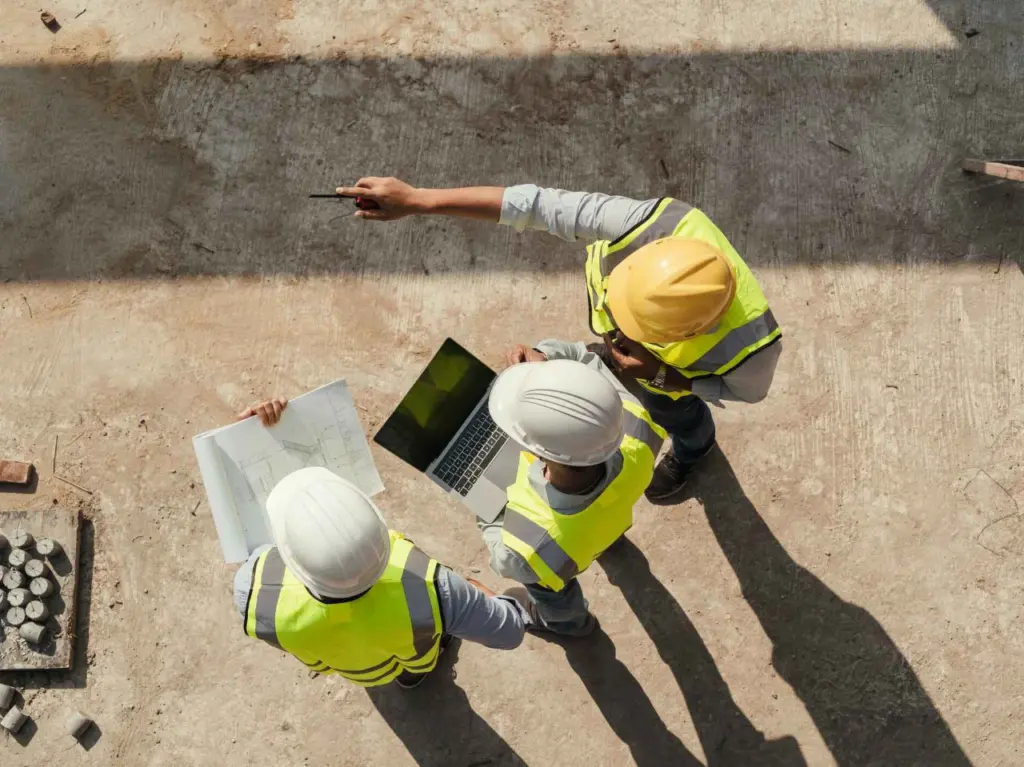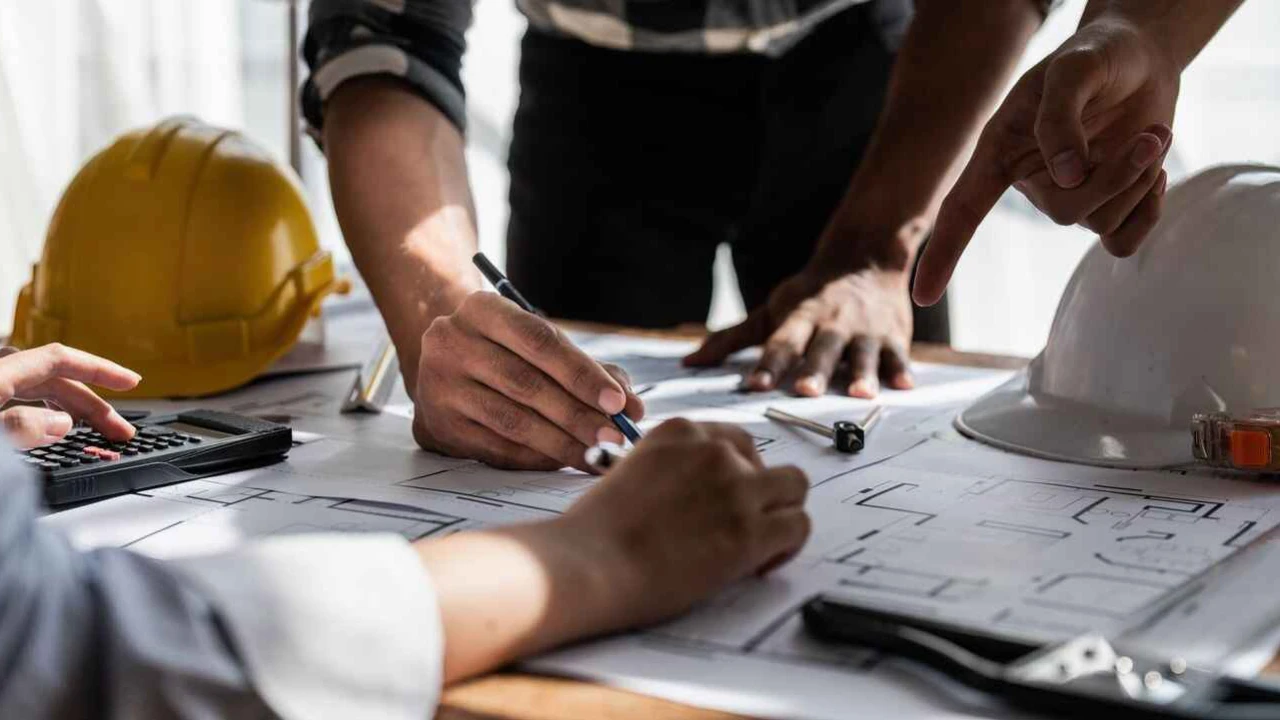How do you pick the best project delivery method when planning a construction project? The right approach can greatly impact your project’s success, timeline, and budget.
In this article, we’ll explore two widely used methods, Design Build and Construction Management. We’ll break down the key distinctions between these approaches and their unique advantages.
By understanding these differences, you’ll be better prepared to make a knowledgeable decision. Yet, this understanding will help ensure your project runs smoothly and meets its objectives. Read on to learn more!
What is the Construction Project Delivery Method and Why Does It Matter?

The construction project delivery method refers to the process by which a construction project is planned, designed, and built, from concept to completion.
It involves choosing a procedure to organize all stakeholders, such as the design team, contractors, and the project owner to ensure that the project is performed efficiently.
The delivery method impacts everything from project timelines to budget control, communication, and overall success.
Selecting the proper project delivery method is crucial because it directly impacts the workflow, project risk, and accountability.
Different methods distribute responsibilities differently among the team, influencing how smoothly a project progresses, how well communication is maintained, and how risks such as cost overruns are managed.
Understanding different delivery options helps ensure that the project aligns with the goals and conditions of the owner, leading to a more successful result.
Understanding the Design-Build Project Delivery Method

The Design-Build project delivery integrates both design and construction services under a single contract, creating a streamlined project delivery approach.
Unlike traditional methods like design-bid-build, where different and separate entities handle design and construction.
The Design-Build model merges a general contractor with design professionals into one cohesive team. This collaboration enhances project efficiency and aligns all phases of the construction project.
Benefits of the Design-Build method include:
- Single Contract: One entity takes full responsibility for both the design and construction phases, streamlining contract management and providing a single point of accountability for the project owner.
- Seamless Communication: The design and construction teams collaborate closely from day one, ensuring efficient decision-making and reducing the risk of miscommunication and delays.
- Faster Completion: Overlapping the design and construction phases allows for quicker project timelines, enabling construction to begin while the design phase is still ongoing.
- Enhanced Collaboration: Early involvement of the construction manager leads to practical input on project requirements, construction documents, materials, construction costs, and timelines, ultimately resulting in a more efficient construction plan.
- Reduced Risk: Since the design-build team assumes responsibility for both phases, the project owner faces less risk of disputes, cost overruns, and change orders compared to traditional delivery methods.
The Design-Build method is excellent for projects where the owner seeks a faster, integrated solution with minimal risk, offering significant benefits in communication, timelines, and overall project delivery efficiency.
Understanding Construction Management

Construction management is a project delivery method focused on the planning, coordination, and control of a construction project from start to end.
In this approach, a construction manager (CM) leads the project, ensuring it meets the owner’s objectives regarding quality, budget, and schedule.
Unlike the Design-Build method, which integrates the design process and construction under one contract, the construction management method usually involves several contracts with different contractors, aligning with a more traditional project delivery approach.
Key features of construction management include:
- Role of the Construction Manager: The construction manager acts as the project owner’s representative, managing the entire construction process, including contract administration, procurement, and coordination among subcontractors. This role is critical for ensuring that the construction project stays on schedule and budget while effectively managing the complexities of the construction process.
- Cost Control and Risk Management: Through meticulous planning and management, the construction manager helps control project costs, providing estimates and managing change orders to prevent potential cost overruns. The CM pinpoints risks throughout the construction project lifecycle, implementing strategies to mitigate them and protecting the project owner from unforeseen issues.
- Project Scheduling and Quality Assurance: The construction manager develops and maintains a detailed project schedule, coordinating the timelines of various contractors to ensure smooth construction delivery. Also, the CM oversees the work of different contractors, ensuring compliance with project specifications, building codes, and safety standards, ultimately delivering a high-quality construction project.
- Choosing Between Delivery Methods: When considering project delivery options, owners must weigh the benefits of PROJECT management against methods like Design Build. Each method has its strengths, and understanding these can help you choose the best project delivery method for specific project requirements.
Construction management is perfect for projects where the owner seeks a high level of supervision and control while working with multiple contractors.
This method allows for flexibility in selecting specialized subcontractors and can lead to more competitive bidding, enhancing overall project delivery efficiency while ensuring quality and adherence to project goals.
Design Build vs Construction Management: Key Differences
When comparing Construction Management vs Design-Build in the construction industry, it’s important to understand their distinct features and how they influence the construction project delivery process.
Contract Structure
- Design Build: This design-build delivery method uses a unified contract that includes both design and construction services, allowing a design-build team to manage the entire project efficiently. This approach reduces the risk of miscommunication and streamlines the transition from the design phase to construction.
- Construction Management: In contrast, this construction project delivery method relies on multiple contracts, separating design from construction tasks. The construction manager coordinates efforts among various stakeholders, which can complicate communication and extend project timelines due to the need for collaboration between the design team and the general contractor.
Project Timeline
- Design Build: The design-build project delivery often leads to quicker timelines. Construction can start even before the design is fully finalized, which enhances project efficiency and reduces delays associated with traditional project delivery methods. Overlapping the design and construction phases allows for a faster completion of the building project.
- Construction Management: This method typically follows a more linear approach, adhering to the traditional design-bid-build process. The separation of phases can introduce delays, especially if the project schedule isn’t well coordinated, leading to longer timelines for the next project.
Risk and Responsibility
- Design Build: The design-build team assumes greater responsibility for project results, offering a guaranteed maximum price to mitigate risks. This construction delivery method enables the team to manage cost overruns effectively and maintain focus on the project goals.
- Construction Management: The owner retains more control and associated risks. The construction manager at risk serves as an advisor but does not bear full responsibility for project delivery. This dynamic can increase costs and lead to complications if issues arise during the project.
Level of Owner Involvement
- Design Build: Owners typically have a lower level of involvement, allowing the design-build firm to manage decisions efficiently. This method is advantageous for those looking for a simplified approach to construction services and wishing to avoid the complexities of traditional delivery options.
- Construction Management: This approach facilitates greater owner involvement, enabling active participation in project design and adjustments throughout the construction work. Owners can influence the project requirements more directly, ensuring that the project at hand aligns with their vision.
Cost Management
- Design Build: This delivery method often features a fixed price, providing cost certainty and simplifying the budgeting process for the owner. The integrated nature of the design-build approach focuses on minimizing costs while ensuring the quality of the construction methods applied.
- Construction Management: Costs may be less predictable in this model, as the owner can encounter unexpected expenses due to delays or changes. Change orders, a frequent occurrence in traditional project delivery, can complicate cost management and lead to higher overall expenses.
Choosing between design-build vs construction management depends on various factors such as project type, budget, and desired level of involvement. Understanding these differences can help project owners select the best project delivery method for their specific needs.
Choosing the Best Project Delivery Method for Your Construction Project

When choosing the best project delivery method, it’s important to consider the size, complexity, timeline, and budget of your construction project. Here’s a look at the three most common construction project delivery methods—Design-Build, Design-Bid-Build, and Construction Manager at Risk (CMAR):
Design-Build: Fast-Track and Collaboration
- Timeline Efficiency: Design-Build delivery allows construction to begin before the design is complete, speeding up project timelines.
- Collaboration: The design-build team integrates the design and construction phases, minimizing delays and miscommunication.
- Risk Mitigation: The design-build firm takes on most of the risk, ensuring the entire project stays on time and within budget.
Design-Bid-Build: Traditional Control
- Control Over Design: The owner finalizes the design before selecting contractors, ideal for those wanting control over the design process.
- Competitive Bidding: Contract documents are sent to contractors for bids, driving down costs.
- Separation of Responsibilities: The owner deals separately with the design team and contractor, which can lead to cost overruns if issues arise.
Construction Manager at Risk (CMAR): Risk Mitigation and Cost Control
- Guaranteed Maximum Price (GMP): Provides cost certainty by setting a maximum price for the project.
- Early Involvement: The construction manager is involved during the design phase, ensuring smoother construction later.
- Risk Mitigation: The construction manager at risk carries more responsibility, reducing the owner’s risk while ensuring the project schedule is maintained.
Each method has its strengths, and selecting the right one depends on your project goals and constraints.
What is Construction Manager at Risk (CMAR)?
Construction Manager at Risk (CMAR) is a project delivery method where the construction manager commits to delivering the project within a Guaranteed Maximum Price (GMP). This approach helps lessen the risk for the project owner while providing better control over the project’s cost and timeline.
- Early Involvement: In CMAR, the construction manager is involved from the design phase, offering information on the project design and making recommendations that enhance efficiency and lower costs.
- Risk Reduction: The construction manager at risk is responsible for finishing the project within the agreed GMP, and any cost overruns are commonly covered by the construction manager.
- Improved Collaboration: This process allows better collaboration between the design team and the construction team, leading to a more streamlined project execution.
CMAR is particularly beneficial for complex construction projects where mitigating financial risk and maintaining a fixed price is a priority.
Understanding Progressive Design-Build and How It Works
Progressive Design-Build is a variation of the design-build project delivery method, offering a more flexible and collaborative procedure for managing construction projects. This method emphasizes the early involvement of both the design-build team and the project owner, allowing for adjustments throughout the project lifecycle.
- Phased Approach: The project is broken into phases, starting with preliminary design and budgeting. As the design progresses, the project quote and construction details are refined, allowing for flexibility in project design.
- Collaboration and Transparency: Early collaboration between the owner, designers, and builders ensures that decisions are made collectively, leading to improved efficiency and fewer changes during the construction phase.
- Flexibility in Design: The progressive approach allows for continuous updates to the design, even during construction, ensuring the project meets the owner’s needs without rigid upfront decisions.
Progressive design-build is notably suitable for projects that need adaptable timelines and where cost control is important, as it enables greater collaboration and transparency throughout the entire project.
How to Ensure Project Efficiency with Design-Build Contracts
Design-build contracts are an effective way to ensure project efficiency by merging the design and construction responsibilities under one contract. This unified approach simplifies communication and helps meet project goals on time and within budget.
- Streamlined Communication: With a single design-build team, the project owner communicates with one entity, reducing delays caused by back-and-forth discussions between designers and contractors.
- Faster Project Timelines: Since the design and construction phases overlap, construction can begin even before the final design is complete, accelerating the overall schedule.
- Minimized Change Orders: The integrated approach between the design and construction teams guarantees that potential issues are addressed early, reducing the possibility of costly change orders during the project.
By choosing the design-build method, you ensure smoother project execution, clear accountability, and faster delivery, making it one of the best project delivery methods for efficiency.
Why Choose Design-Build Instead of Traditional Project Management for Complex Projects

The design-build method is particularly well-suited for complex construction projects, offering a streamlined process and greater adaptability. This process allows both design and construction teams to work together from the start, leading to a more efficient and cohesive project.
Integrated Collaboration
- The design-build team works together from the beginning, allowing for real-time collaboration between designers and contractors.
- Faster problem-solving and prevention of delays caused by miscommunication are crucial in complex construction projects.
Faster Delivery
- The design and construction phases can overlap, enabling the construction process to begin even before the final designs are complete.
- Fast-tracking is valuable in complex projects where meeting tight timelines is a priority.
Cost Control and Risk Mitigation
- Early involvement of the construction team helps with more accurate budgeting, reducing the likelihood of cost overruns.
- This approach allows the project owner to better manage financial risks, ensuring that the project stays within its expected budget.
Adaptability
- Complex projects often require flexibility, and the design-build method allows for adjustments during both the design phase and the construction phase.
- This adaptability makes it easier to respond to unexpected challenges without major disruptions.
Single Point of Responsibility
- The project owner benefits from having one entity accountable for both design and construction, simplifying decision-making.
- Clear accountability is crucial in large, complicated builds, reducing the potential for disputes.
Enhanced Communication
- With a unified team, communication flows more freely, which is vital for addressing the intricate details of complex projects.
- Frequent collaboration minimizes misunderstandings and helps ensure that all team members are aligned on project goals.
Streamlined Processes
- The integration of design and construction under one contract leads to more streamlined processes, reducing administrative burdens.
- Efficient workflows can expedite project timelines and enhance overall productivity.
Quality Control
- A single design-build firm can maintain consistent quality standards throughout the project, from design to construction.
- This commitment to quality helps ensure that the final product meets the project’s specifications and expectations.
Innovative Solutions
- The collaborative nature of the design-build approach encourages creative problem-solving and innovative solutions tailored to the specific challenges of complex projects.
- Designers and builders can work together to develop efficient construction methods and techniques.
Holistic Project Perspective
- The design-build method allows for a comprehensive understanding of the project from the outset, considering both design and construction implications simultaneously.
- This holistic perspective helps ensure that all aspects of the project align with the overall vision and objectives.
For projects with many moving parts, design-build provides the necessary flexibility and coordination to complete the project efficiently, making it a top choice in the construction industry for handling complex builds.
Final Thoughts
Choosing the right project delivery method is crucial for the success of your construction project. Opting for Design-Build instead of traditional project management can significantly enhance efficiency and streamline communication.
Design-Build promotes a unified team approach, resulting in quicker decision-making and fewer misunderstandings. This method also shortens project timelines and reduces risks, making it particularly advantageous for complex projects.
In contrast, traditional project management often involves fragmented communication and longer timelines due to the separation of design and construction teams.
By selecting Design-Build, you gain the benefits of a more collaborative environment which can lead to better outcomes and you can ensure a more cohesive and successful project execution that meets your specific needs and goals.
Frequently Asked Questions
What is the design-build project delivery method?
Understanding design-build is essential for those involved in commercial construction projects. The design-build project delivery method integrates both design and construction into one cohesive contract. Here’s a detailed overview:
Single Contract: Under this delivery model, a single contract is established between the owner the design team, and the general contractor, streamlining communication and accountability.
Efficient Workflow: This method promotes collaboration between the design team and general contractor, ensuring that construction begins smoothly without unnecessary delays.
Cost-Effective: The design-build approach can help minimize costs through early contractor involvement, as opposed to traditional design-bid-build project delivery, where costs may escalate due to late changes.
Faster Completion: Since design and construction activities occur simultaneously, the construction schedule is often shorter, leading to quicker project completion.
The design-build project delivery method offers an integrated approach that enhances efficiency and reduces risks for the owner.
What are the benefits of using design-build in commercial construction?
Choosing a project delivery method can significantly impact the success of any commercial construction endeavor. The benefits of design-build include:
Streamlined Communication: Having a construction manager at risk (CMAR) or general contractor involved early reduces misunderstandings that can arise in design-bid-build project delivery.
Cost Predictability: With the CM at risk model, the owner receives early cost estimates, helping to manage the project budget effectively and mitigating risks.
Improved Scheduling: Design-build processes allow for overlapping design and construction phases, which can shorten the overall construction schedule.
Enhanced Collaboration: Close cooperation between the design team and general contractor ensures that everyone is aligned, which helps in navigating challenges as they arise.
The design-build approach offers numerous advantages that can lead to successful project outcomes in commercial construction.
What types of projects are best suited for design-build?
Many project types can benefit from the design-build delivery model, especially in the realm of commercial construction. Here are some examples:
New Construction: Design-build is particularly effective for new commercial buildings where the owner seeks to streamline processes and minimize risks.
Renovation Projects: For renovations, having a construction manager at risk (CMAR) can help manage complexities and ensure that changes do not disrupt the construction schedule.
Large-Scale Developments: Large commercial developments often leverage the design-build method to maintain efficiency across multiple phases of construction.
Public Sector Projects: Many public projects opt for design-build due to their ability to meet tight timelines and budget constraints.
The design-build delivery model is popular for a wide variety of project types, making it a versatile choice in commercial construction.
How do design-build and design-bid-build project delivery differ?
Understanding the differences between design-build and design-bid-build project delivery methods is crucial for making informed decisions in construction. Here’s a comparison:
Contract Structure: In design-bid-build, separate contracts are established for design and construction, while design-build combines these into a single construction contract.
Timeline Efficiency: Design-build projects often have faster timelines because construction begins before the design is entirely completed, whereas design-bid-build can lead to delays during the bidding process.
Risk Management: With design-bid-build, the owner assumes more risk as they manage two contracts; in contrast, the design-build method consolidates risk with one entity, providing more security.
Collaboration: Design-build emphasizes collaboration from the outset, allowing the design team and general contractor to work closely, whereas design-bid-build may create silos between the two phases.
The choice between design-build and design-bid-build can significantly influence project efficiency, risk management, and overall satisfaction.
How can I determine if design-build is the right delivery model for my project?
Choosing a project delivery method requires careful consideration of various factors related to your specific project. Here’s how to assess if design-build is suitable:
Project Complexity: If your project involves many complexities or unique design elements, the integrated design-build processes can help address these effectively.
Timeline Requirements: For projects with strict timelines, the ability to start construction while design work is ongoing can be advantageous.
Budget Control: If budget predictability is a priority, the early cost estimates and risk management strategies associated with design-build can provide peace of mind.
Collaboration Preference: If you value a collaborative approach and want to minimize risk to the owner, then design-build is likely a strong fit.
Evaluating these factors will help you determine if the design-build project delivery method aligns with your project goals and needs. For further insights, consider subscribing to Procore’s construction newsletter to learn more about construction trends and best practices.

